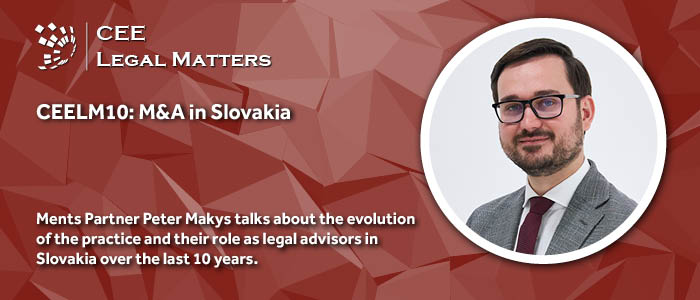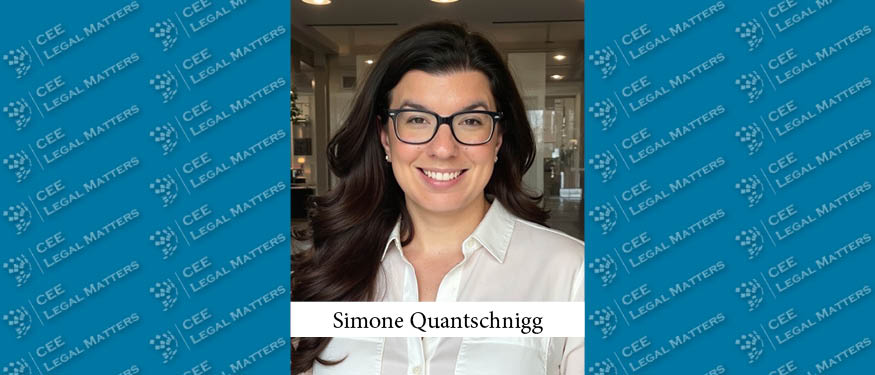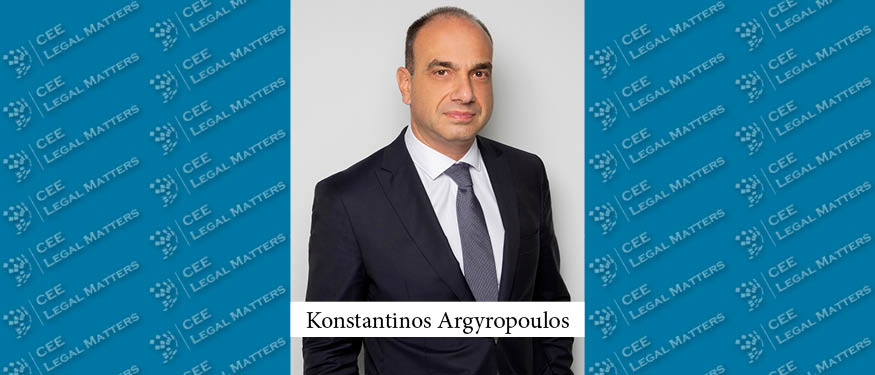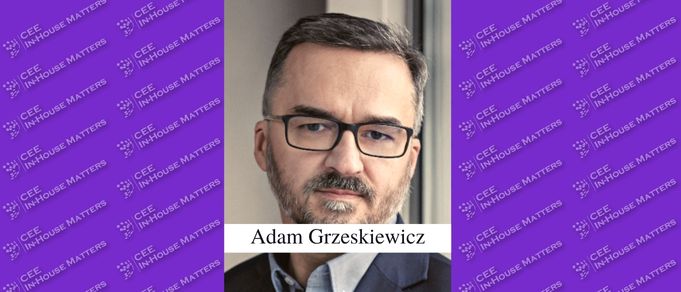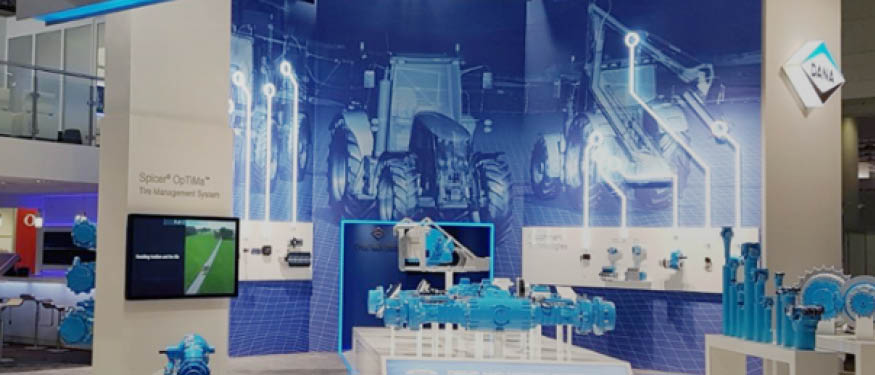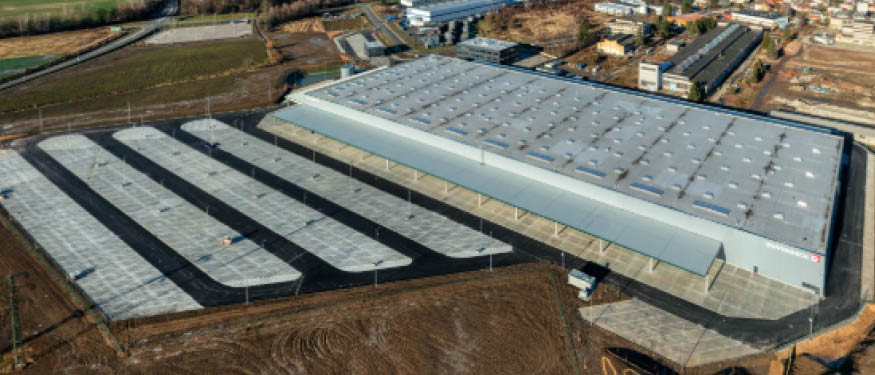Ments Partner Peter Makys talks about the evolution of the practice and their role as legal advisors in Slovakia over the last 10 years.
CEELM: Over the last 10 years, what types of projects have kept your M&A team busy?
Makys: Over time, our team has been primarily engaged in M&A deals and projects, including corporate restructurings and minority management buyouts. There were a few joint ventures, as well as exits from shareholding structures. The landscape has evolved significantly, with a noticeable emphasis on acquisitions of highly specialized technology companies. Many of these companies, often established three decades ago, are now available on the market for the first time, presenting a unique opportunity for investors. The focus has shifted toward sectors like infrastructure and specialized tech firms, predominantly family enterprises. In recent times, founders’ exit has made these entities particularly attractive. Moreover, there’s an obvious shift toward ESG considerations. Assessment of any potential liabilities from ESG non-compliance and future investment requirements is becoming a rather important part of transactions, and this is also something that wasn’t present to such a degree 10 years ago.
CEELM: Looking back at the last 10 years, what were the peaks in terms of workload?
Makys: There were a few peaks in the M&A market, notably during the second half of 2020. The aftermath of the initial pandemic shock led to a surge in investor activity. With accumulated capital and concerns about inflation, there was a keen interest in investment opportunities. It was an extremely intense period, as anyone who had capital was interested in investing it. This resulted in a peak in M&A transactions. However, by the second half of 2021, once everybody invested their available capital, this rush diminished significantly.
CEELM: How have the client profiles evolved over the last decade?
Makys: I wouldn’t say there was a drastic change in client profiles but there was an evolution. Client profiles have evolved with a visible presence of start-ups on the selling side, some also actively seeking investment opportunities in similar ventures on the buy side. Additionally, institutionalized investors and specialized investment funds, particularly in tech industries like IT and pharma, have become more prevalent. While foreign investors, especially from Western Europe and CEE, remain significant, there’s a growing trend of domestic investors. The focus has shifted toward specialized analyses of potential targets and integration within existing portfolios.
CEELM: What new expectations do you see from clients?
Makys: We saw some progress in that regard. The evolving needs of clients, especially those in specialized industries, include a demand for lawyers with industry-specific knowledge. While general M&A expertise has traditionally been crucial, a solid understanding of businesses in sectors like IT, pharma, or heavy industry is now expected. Lawyers are increasingly required to possess not only legal knowledge but also a sound understanding of business operations to point out business-related risks and problems as well.
There has also been a shift in the perceived importance of the due diligence process. While historically a cornerstone of M&A, the focus on exhaustive due diligence has started to slowly diminish. Nowadays, there are fewer complex due diligence processes – rather they are mostly limited to the most important aspects of the target like core business matters and compliance. Instead, there is a growing reliance on limited scope due diligence processes, speedy conclusion of a deal, and potentially incorporating warranty and indemnity insurance. This shift indicates a greater acceptance of risk mitigation strategies beyond the traditional due diligence approach. While some investors are still rather conservative, we are seeing the growing popularity of warranty and indemnity insurance.
CEELM: From a legislative/regulatory standpoint, what have been the main recurring challenges you have faced in making deals happen?
Makys: Stricter compliance regulations, especially those related to ESG considerations, have added layers of complexity to transactions. Highly specialized technology companies, in particular, face intricate regulations, making the due diligence process more demanding. Another recurring challenge stems from the perceived rigidity of Slovak legislation. Efforts, such as recodification committees – some of which we are members of – are underway to address these challenges, with optimism surrounding the upcoming act on corporate transformations, expected to contribute positively.
CEELM: What is on the horizon?
Makys: Looking ahead, environmental compliance, especially within the broader ESG framework, will likely play a pivotal role in the upcoming decade. Trends such as decarbonization in heavy industry and the transformative impact of the technology boom, including digitalization, AI, and automation, are expected to reshape M&A transactions. I believe that concerns over supply chain vulnerabilities and a likely push for portfolio diversification will also become more pronounced. Additionally, evaluating acquisition targets with a strategic eye on risk mitigation and adapting to the evolving global landscape will likely define the highlights of M&A in the next decade.
Ments is CEE Legal Matters' Practice Leader for Corporate/M&A in Slovakia for 2024 – learn more here.
This article was originally published in Issue 10.11 of the CEE Legal Matters Magazine. If you would like to receive a hard copy of the magazine, you can subscribe here.

